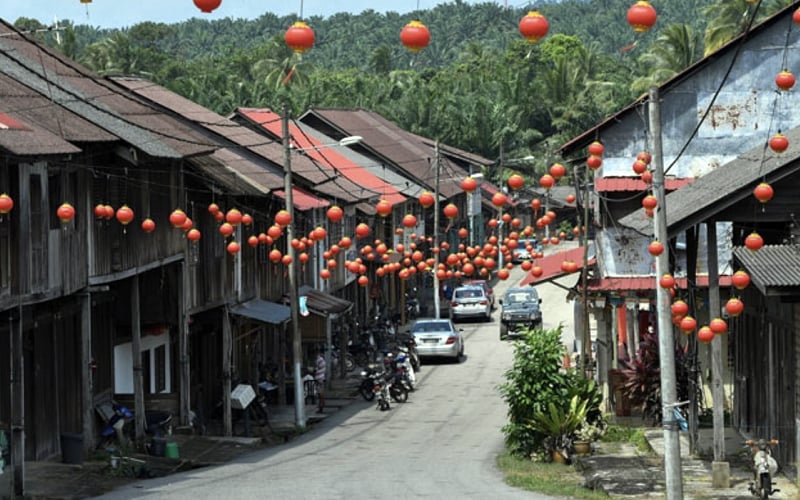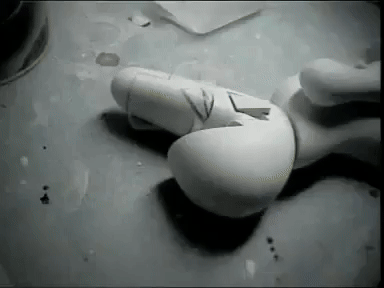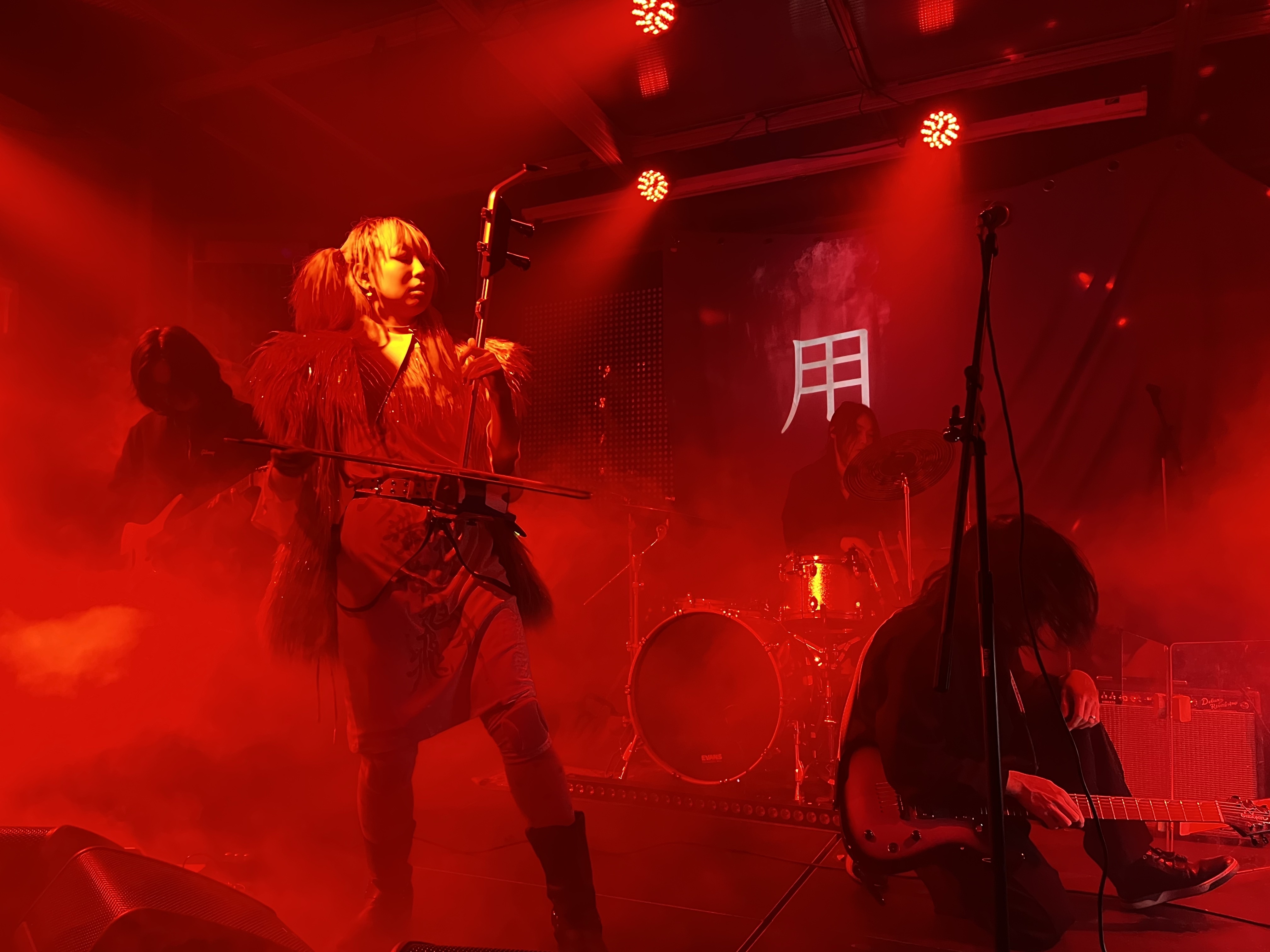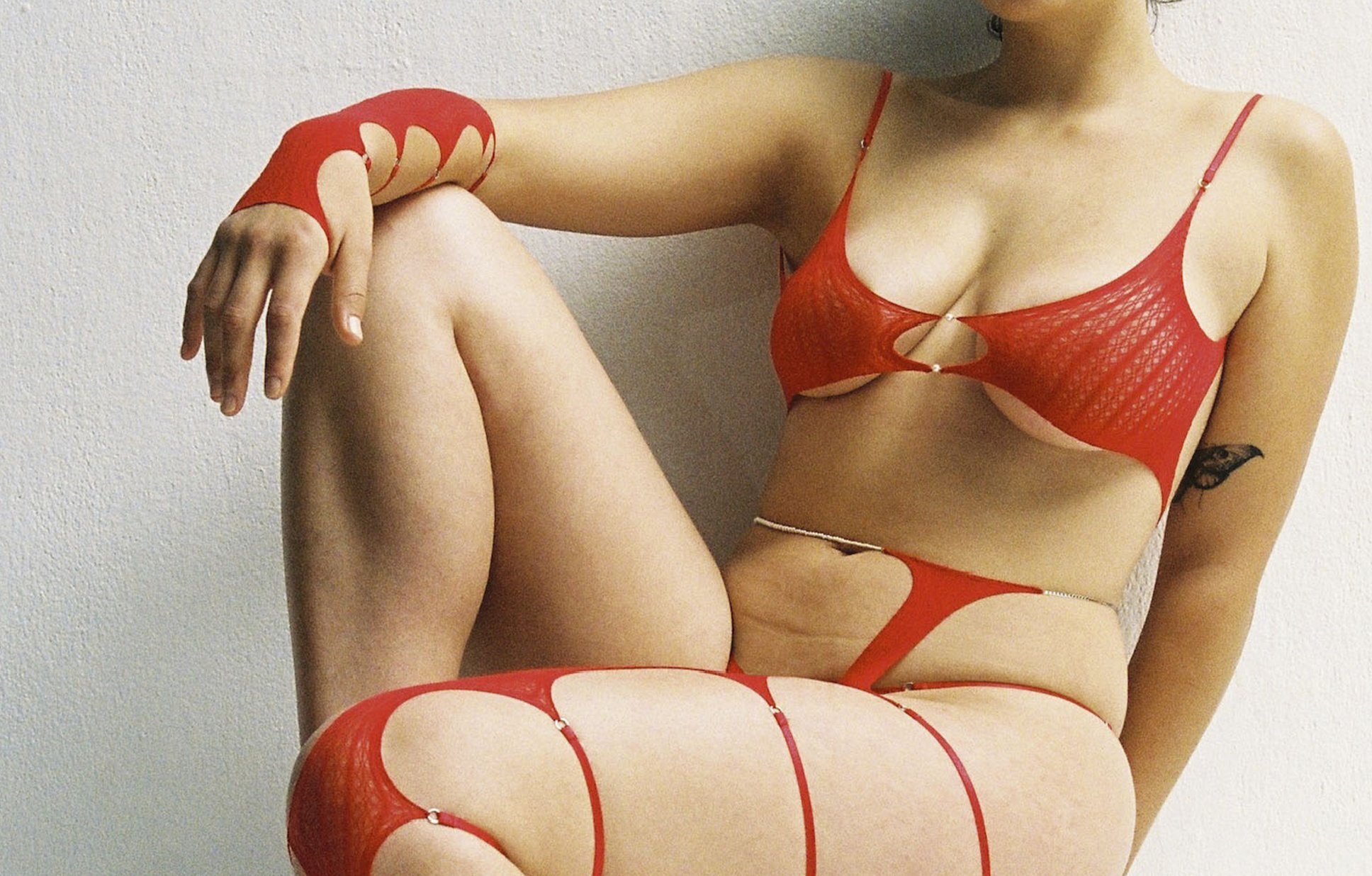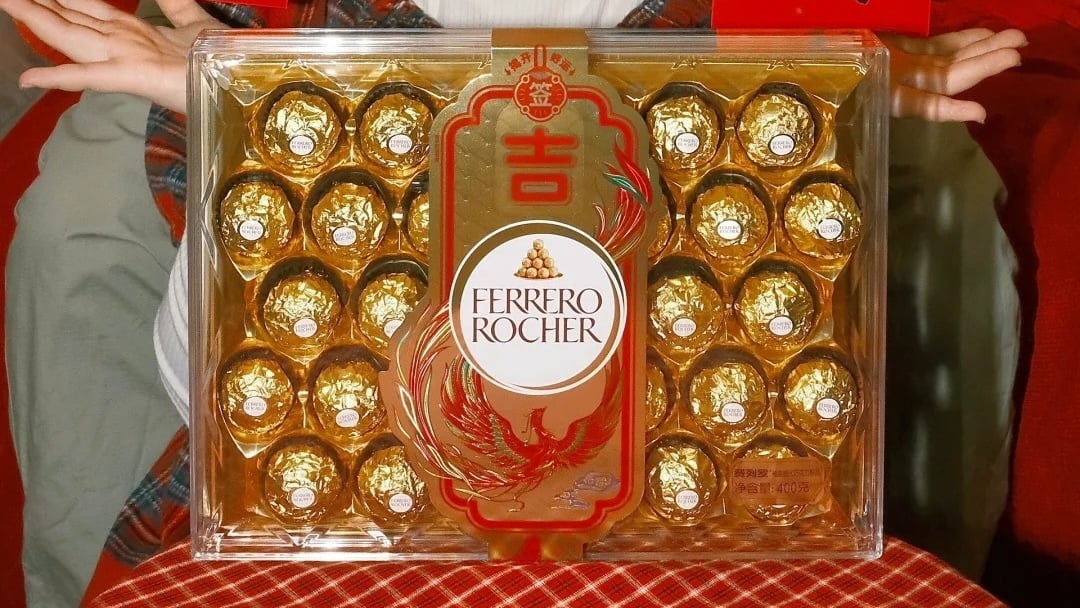Fu Junsheng (付军胜)’s craft brings new meaning to the popular saying, ‘One man’s trash is another man’s treasure.’ The artist seems to have a knack for finding the right garbage for his art installations on Changdao island, just off the coast of Yantai, a port city in East China’s Shandong province. The artist usually gets his best hauls after a big rainstorm or typhoon has passed.
“I know where I can usually find things like used forks. It largely depends on the wind. I can kind of expect what will be washed up on the shore along the coastline,” Fu tells RADII.
Born and raised in Yantai, he moved back to his hometown after graduating from college with a degree in oil painting in 2013. That’s when he started noticing the amount of garbage scattered along the coastline. In 2015, he began to collect bits and pieces of trash to make ‘art.’ So far, one of his favorite pieces is a discarded black swim fin propped up on a rock.
“It’s called The Resting Grim Reaper (死神之憩) because the fin kind of looks like the cloak that a reaper wears,” explains the artist.

The Resting Grim Reaper by Fu Junsheng
In 2017, he visited Changdao, a small island with some 30,000 residents, to attend a charity event with some friends. He had been there a few times when he was younger but had never really paid much attention to the garbage scattered on the beach. He soon learned that due to the island’s unique location, an unusual amount of flotsam and waste are washed up on its shores.
“In some areas, you can fill two trucks with trash after a typhoon hits. It’s like the ocean threw up,” he says.

Trash washed up on Changdao island’s shore just after Typhoon Muifa in September 2022
Fu moved his art studio to Changdao shortly after and has been living on the island ever since. He strolls along the beach several times a week and brings home whatever he finds interesting, from stuffed animals to moldy slippers.
Recently, he has been paying particular attention to things with time stamps on them, such as toothpaste tubes and food and medicine packaging.


Milk boxes that Fu Junsheng has come across on the beach
“I found a plastic bag for soy sauce from 2007 the other day. It must have been floating around in the ocean for over a decade,” he says.
Living the life of a “waste picker,” as he calls himself, can be a lonely experience, as he spends most of his time on the island. But loneliness enables him to focus on his work while also pondering the meaning of his efforts.
“Sometimes it takes time for you to get feedback from others or for society to tell you that what you’re doing is valuable. You just gotta have faith in yourself,” says Fu.

A collage of ocean waste that Fu Junsheng has collected
In 2020, Fu started to document his collection of ocean waste on Xiaohongshu, China’s top lifestyle platform, where he has accumulated some 10,000 followers.
That same year, he also established the Marine Ecological Art Institute on Changdao with the goal of displaying his oil paintings of the island and the art pieces he has been making.
Tourists and environmental activist groups have lavished him with positive feedback. Naturally, media attention soon followed.
“Taking interviews has become part of my job,” says the artist, who understands their importance even if he doesn’t particularly enjoy them.

Fu Yunsheng’s findings in a week might range from a fake foot to children’s toys
The artist constantly seeks opportunities to show his works to the public and encourage people to actively participate in environmental protection efforts.
“I don’t think people are taking [environmental conservation] seriously enough now. We’re not treating nature the way we treat ourselves,” he tells RADII, “We take it very seriously when we have a cold or a stomachache, but nature might be battling cancer with no one noticing.”

A few of Fu Junsheng’s art sculptures
In a paper published by researchers at the Sea Education Association, China was named the third-largest contributor of plastic waste in 2016 (21.6 million tons that year alone). On top of that, Reuters reported that 200.7 million cubic meters of waste was dumped into China’s coastal waters in 2018.
But the country has been taking steps to manage its waste problem in recent years. In 2018, the nation banned imported waste from developed countries. Trash sorting has also become mandatory in most major Chinese cities as part of a larger effort to reach carbon neutrality by 2060.
Fu has been a firsthand witness to Changdao’s improved garbage collection and disposal process in the past half-decade. Sanitation workers clean up the island’s beaches every day, but every new storm brings a new wave of garbage.
“Some young people can’t believe it, but I find garbage that has drifted over from North and South Korea all the time, like fishing permits, lighters, and coffee cups with Korean characters, addresses and phone numbers,” he says.

Ocean waste from Korea collected by Fu Junsheng
Fu plans to stay on the island for the foreseeable future and possibly live close to the ocean for the rest of his life.
“I need the energy from nature. I’m more relaxed when I can see the ocean. Living in the city can be a bit suffocating for me,” says the Chinese creative from a corner of his friend’s studio in Shanghai.
The artist, who was in the city for minor surgery at the time of our interview, was already eager to leave.
“I just have to power through,” he laughs.

Fu Junsheng (right) setting up the Marine Ecological Art Institute on Changdao island in 2020
Despite Fu’s distaste for city life, he will return to Shanghai again soon, this time with some of his works in tow. The artist will participate in the World Wide Fund for Nature (WWF) exhibition in early November (details to be confirmed).
“My work is what I call social art. It needs participation from the public for it to work,” he says.

One of Fu Junsheng’s works created using upcycled ocean waste
All images courtesy of Fu Junsheng


